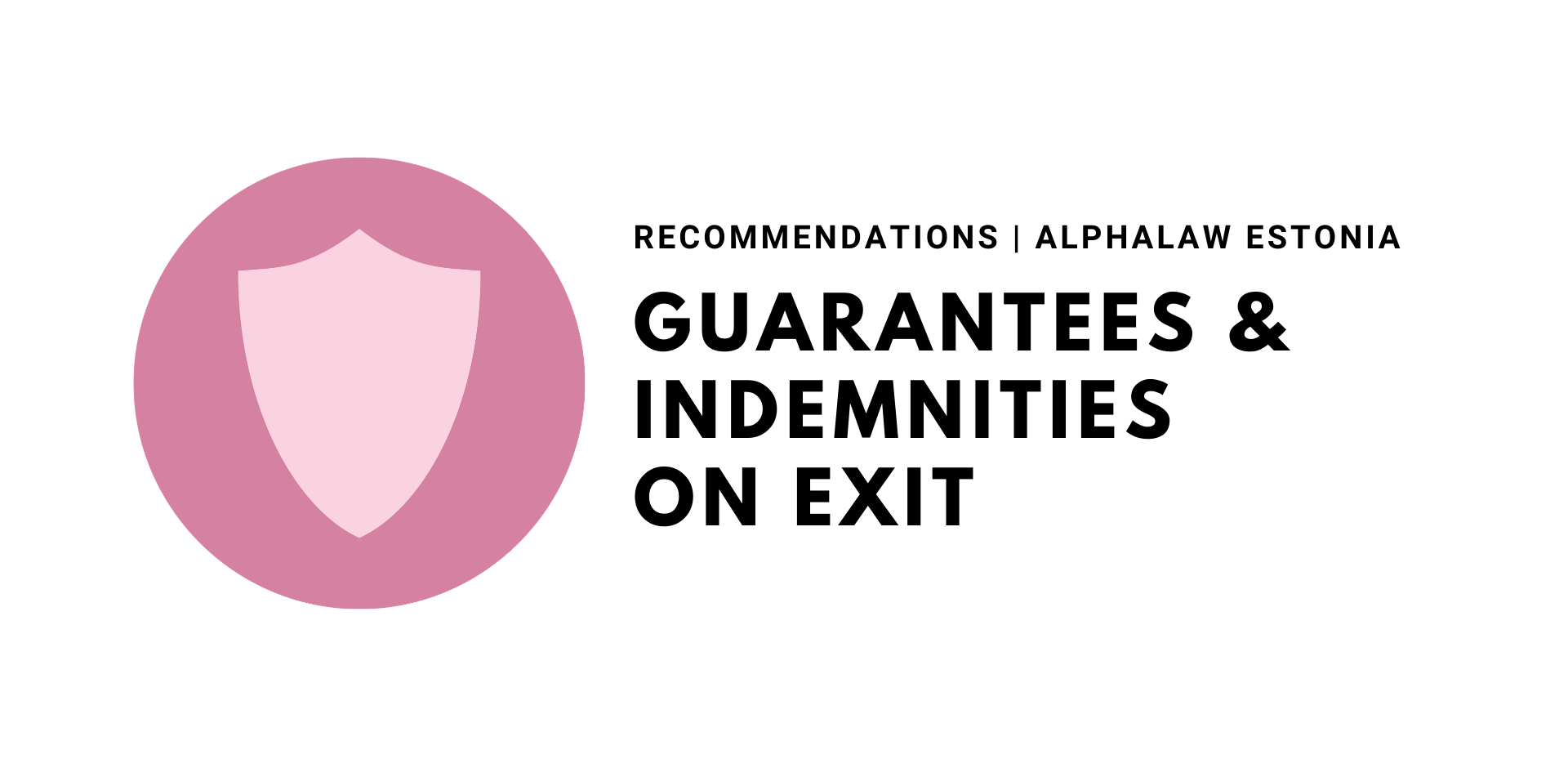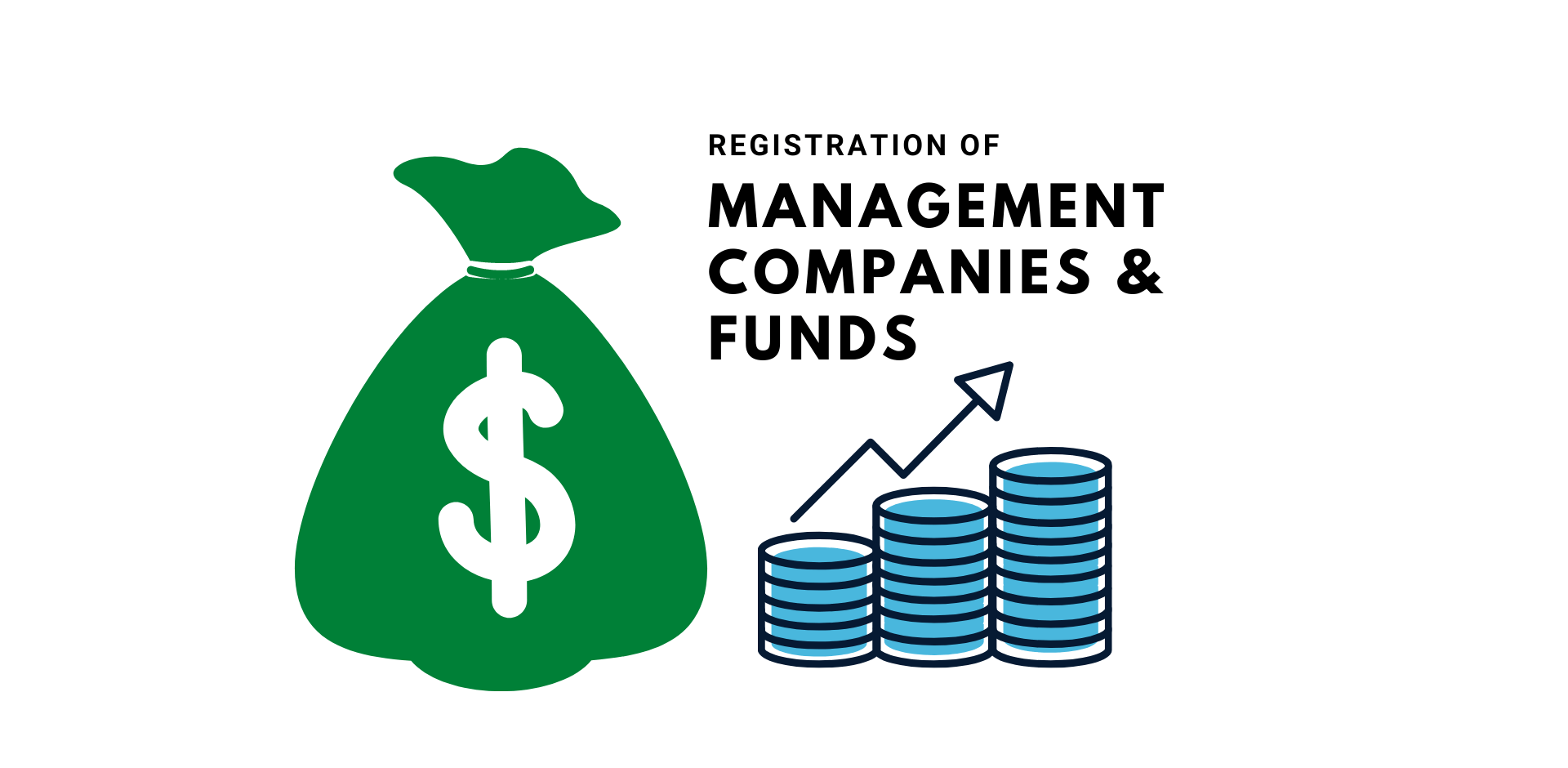Should Guarantees and Indemnities be Given on Exit?

Explanation
A purchaser of a portfolio company may seek a range of warranties and indemnities from the fund. Negotiation over these will invariably be a key issue for the GP when disposing of an investment. During negotiations, the GP must consider the risks and detriment to the fund in giving such warranties and indemnities against any enhancement of return that they could bring.
When deciding whether to give a warranty or indemnity, the GP may also take into consideration the remaining life of the fund and the fact that it may be difficult to drawdown cash or re-draw distributions from investors to meet liabilities in the event of a claim. The establishment of an escrow account or the use of a warranty insurance product are potential solutions to address this issue. Time limitations and financial caps can also be considered and negotiated.

Recommendation
GPs should normally only give warranties and indemnities on behalf of the fund on a disposal where this is expected to produce an enhanced return for investors, or the warranties relate purely to title to shares owned by the fund and authority to enter into the transaction documents.
The liability under such clauses should be capped in quantum and time and the GP should seek to ensure that the fund is able to meet these liabilities. An escrow account is commonly used to fulfil this purpose and could be set up at the time of the exit.

In order to achieve an added layer of security that the fund will be able to meet any liabilities, the original fund documentation should contain an investor clawback provision, enabling a certain percentage of distributions to be clawed back from investors should this become necessary even after the end of the life of the fund. This provision should be limited in time and amount, as investors will otherwise not agree to it. The GP may also take out insurance to cover warranties and indemnities; doing so may help to meet the expectations of a potential purchaser and allow full distribution of the proceeds.






